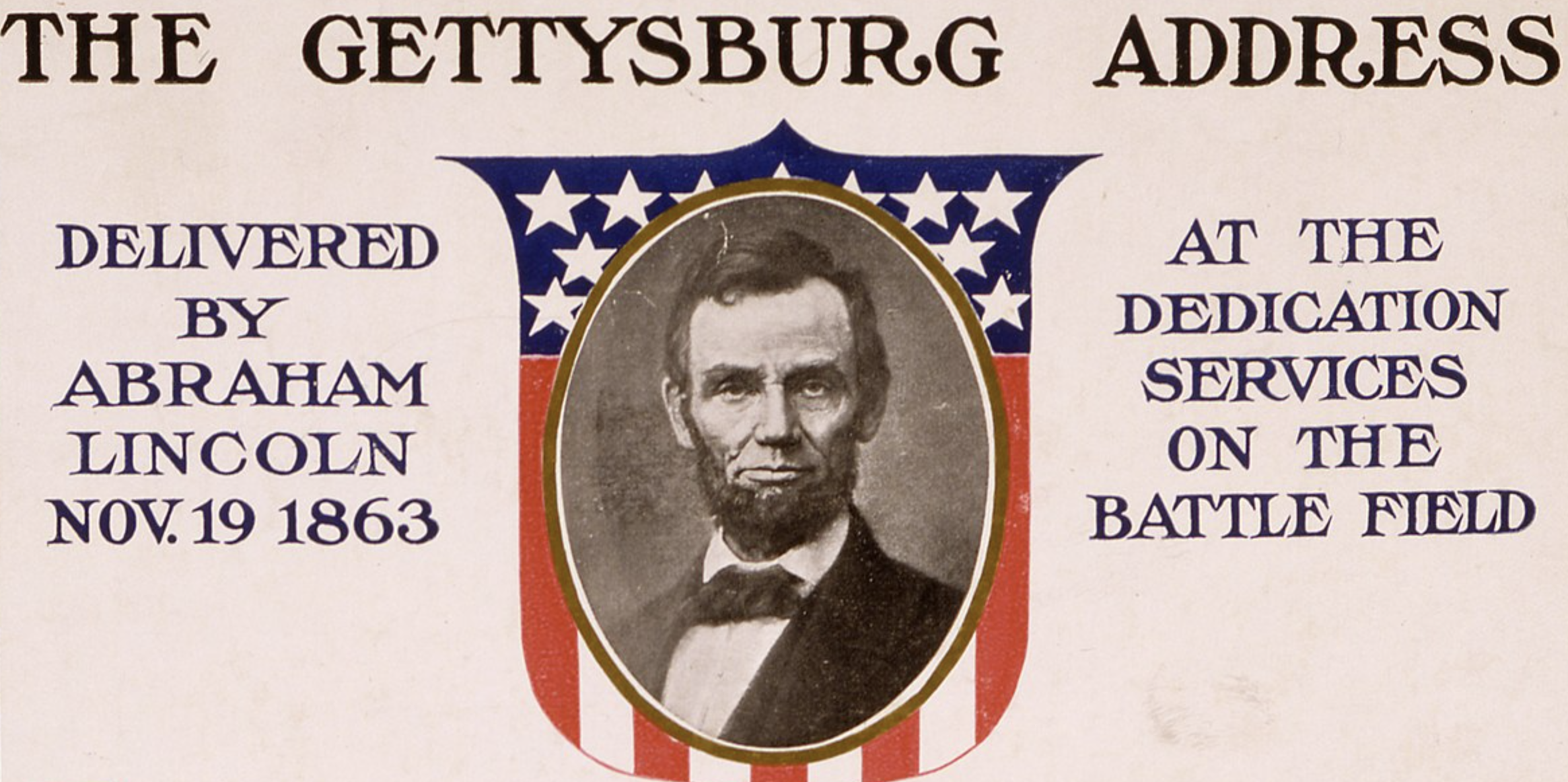4 min read
Leadership Storytelling: 3 Heuristics For Inspiring Action
![]() Shane Snow
Apr 6, 2023 10:51:33 PM
Shane Snow
Apr 6, 2023 10:51:33 PM

This post originally appeared on Forbes.
Motivating our teams to do hard things... is hard. But throughout history, there are a few things that the best leaders all do in common. The key is in the storytelling.
What's the most inspiring speech from a leader in history? Think about who pops in your head when you ponder that question.
Chances are, if you're American, the Gettysburg Address crosses your mind. Though it's 160 years old, any top 10 list you'll find in an English-language search today will list Abraham Lincoln's famous Civil War speech as one of the greats of all time.
In just three paragraphs the beleaguered American President managed to inspire an army of weary troops and families to keep fighting for their country after a grim battle, despite countless hardships and the loss of friends and family on the battlefield. Lincoln reminded them that the fight was worth continuing, that the cause was bigger than him or any of them, and that the sacrifices thus far were and would be worth it.
That is no small task to accomplish in such a short speech.

What is it that makes a Gettysburg Address such an effective speech? In re-reading it recently, I re-realized that in under 300 words, Lincoln nails several principles that are common to great leadership storytelling throughout history.
During the pandemic, I taught a leadership storytelling workshop to executives. Throughout the workshop, we covered a half-dozen storytelling heuristics for leaders, and it turns out that in this speech, Lincoln used the top three.
So I thought I would share those top three here today:
Leadership Storytelling Rule-Of-Thumb #3: Before You Seek To Inspire A Group To Change, First Tell The Story Of The Group's Shared History
A common mistake that leaders make when trying to introduce change to their "team" is to jump in with strong words—to hammer in the justification for why it's smart to make the change, or why you're smart and they should follow you.
But if your team has worked long or hard to get where it is, there will be some natural resistance to change—especially if it's pitched this way. Even if people want to follow your lead, there is a very human, often subconscious need to acknowledge that the work that came before was not in vain. Great leaders understand that things must change if we want to make progress—what got us here won't get us there—but that doesn't mean that we should discount what got us here.
Lincoln started his address just like this:
"Four score and seven years ago our fathers brought forth on this continent, a new nation, conceived in Liberty, and dedicated to the proposition that all men are created equal. Now we are engaged in a great civil war, testing whether that nation, or any nation so conceived and so dedicated, can long endure. We are met on a great battle-field of that war."
Whatever you thought of the war, wherever you came to the battlefield from, and whatever you had been through, Lincoln had just shared your history. It's the perfect way to start a difficult conversation.

Leadership Storytelling Rule-Of-Thumb #2: Don't Say You Believe Something, Tell A Story That Illustrates That You Actually Believe It
Another common leadership mistake we see all the time, especially in business, is for leaders to state that the believe in some value or list of values.
I've personally rolled my eyes a thousand times at a leader I knew who used to always tell everyone on their team, "We value accountability." That leader would then proceed to provide very little insight into their own doings, or their own rationale for choices that affected the team. And they didn't do much to create a culture of accountability on the team. They just invoked the word accountability a lot.
This makes me think of something another leader I worked with used to say: "A value is not a value unless it costs you something." Which is why I like to say that if you want people to believe that you actually believe in something, you need to show that you will spend valuable resources (even if it's just time and attention) on it over other things.
And while you work to show your team that, you can tell stories of how you or others you look up to have actually placed value on that thing.
Lincoln's address is particularly poignant on this point. He wanted his audience to know that he values personal sacrifice in favor of the greater good in the case of fighting a civil war. And instead of just saying "we value sacrifice," he told the story of those who had already sacrificed, and how important they are:
"We have come to dedicate a portion of that field, as a final resting place for those who here gave their lives that that nation might live. It is altogether fitting and proper that we should do this.
But, in a larger sense, we can not dedicate -- we can not consecrate -- we can not hallow -- this ground. The brave men, living and dead, who struggled here, have consecrated it, far above our poor power to add or detract. The world will little note, nor long remember what we say here, but it can never forget what they did here. It is for us the living, rather, to be dedicated here to the unfinished work which they who fought here have thus far so nobly advanced."

Leadership Storytelling Rule-Of-Thumb #1: Paint Your Vision As A Story About Its Effects On Real People
That thing that you want people to do—what you're leading your team toward—is going to take change, endurance, and/or pain. People only take so much of those things if the result is going to be worth it.
Many leaders make the mistake of painting a picture of the outcome in terms that betray the leader's or the company's own personal motivation or the metrics you are measured by.
"We'll be a billion-dollar company" is not nearly as inspiring to a regular employee than it is to you if you own 10 percent of the company. And if that employee hears you say this and knows you own that 10 percent while they barely get a decent wage... well, you've just painted a vision that backfires.
Great leaders understand that the best motivation for most people is one that helps others—especially their friends and loved ones. So when Lincoln went to Gettysburg to ask his exhausted soldiers to keep fighting, he framed his ask like so:
"It is rather for us to be here dedicated to the great task remaining before us -- that from these honored dead we take increased devotion to that cause for which they gave the last full measure of devotion -- that we here highly resolve that these dead shall not have died in vain -- that this nation, under God, shall have a new birth of freedom -- and that government of the people, by the people, for the people, shall not perish from the earth."

Shane Snow is an author CEO of the film-tech company SHOWRUNNER. He teaches leadership and storytelling courses at Snow Academy.
Keynote Speaking
Shane Snow is a world-renowned teamwork speaker and storytelling keynote speaker.
Innovation, Storytelling & Leadership Skills Training at Snow Academy
Training Courses for Tomorrow's Most Needed Work Skills: Innovation, Teamwork, Storytelling, and more.

